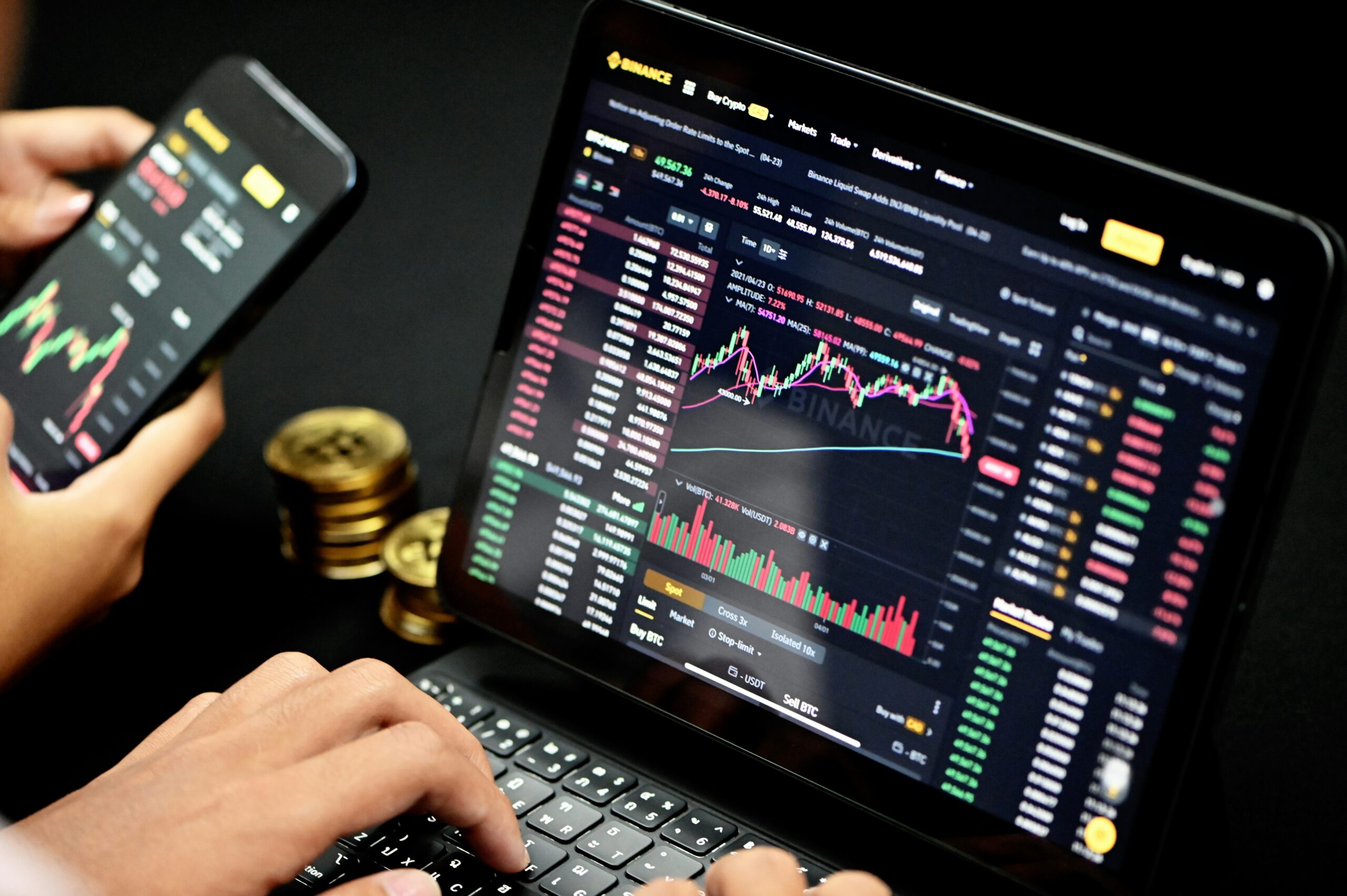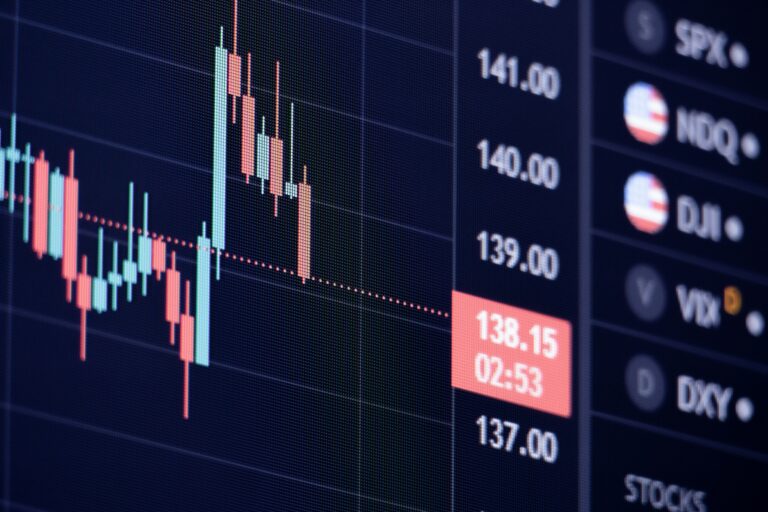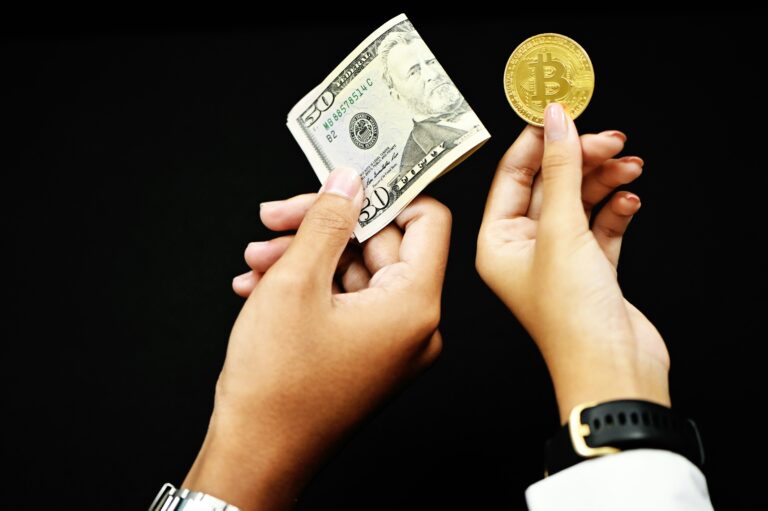In 2025, the world of finance is undergoing a major shift, and at the heart of this transformation is Decentralized Finance, or DeFi. In the United States, DeFi is rapidly gaining traction among retail investors, developers, startups, and even some forward-thinking institutions. It promises a financial future that is open, permissionless, transparent, and efficient. But with innovation comes risk and uncertainty. The rise of DeFi in the U.S. is reshaping traditional notions of banking, investing, and lending. The big question on everyone’s mind is — is DeFi truly the future of finance in America?
What is DeFi and Why Is It Gaining Popularity?
Decentralized Finance refers to a financial system built on public blockchains like Ethereum, Solana, and others. Unlike traditional finance that relies on banks and intermediaries, DeFi uses smart contracts to enable peer-to-peer transactions. This system is accessible to anyone with an internet connection and a digital wallet.
In the U.S., the popularity of DeFi is growing due to its potential to eliminate middlemen, reduce fees, provide better yields, and increase transparency. With inflation concerns, distrust in centralized institutions, and the tech-savvy nature of younger investors, DeFi offers an alternative that fits the times.
DeFi vs. Traditional Finance
The core difference between DeFi and traditional finance lies in control. In traditional systems, banks hold and manage your money. In DeFi, you remain in control of your funds at all times. Services like lending, borrowing, trading, insurance, and yield farming are all possible through decentralized apps, also known as dApps.
This shift in control is appealing to U.S. users who value autonomy. While traditional finance often involves lengthy approval processes and hidden fees, DeFi protocols execute automatically through smart contracts, ensuring fairness and speed. This fundamental change challenges the very role of banks in the financial ecosystem.
The U.S. Regulatory Landscape for DeFi
One of the biggest challenges facing the DeFi space in America is regulatory clarity. The U.S. Securities and Exchange Commission (SEC) and the Commodity Futures Trading Commission (CFTC) are still in the process of understanding and regulating this new space. The lack of clear guidelines creates uncertainty for developers and investors alike.
However, this hasn’t stopped the momentum. Many DeFi projects are implementing Know Your Customer (KYC) processes and voluntarily complying with anti-money laundering regulations. At the same time, U.S. lawmakers are actively discussing policies that could bring DeFi into the regulatory fold without stifling innovation.
U.S. Startups and Innovation in DeFi
Silicon Valley and other innovation hubs in the U.S. are home to some of the most groundbreaking DeFi startups. These include decentralized exchanges, synthetic asset platforms, algorithmic stablecoins, and blockchain-based insurance protocols. The ability to build on open-source technology and raise funds through decentralized means has given rise to a new generation of entrepreneurs.
American talent in both software engineering and financial services is contributing heavily to DeFi’s expansion. Venture capital firms are pouring billions into DeFi projects, betting big on the long-term potential of decentralized networks.
DeFi and the American Retail Investor
Retail investors in the U.S. are becoming more educated and experimental with their investment strategies. DeFi appeals to these investors by offering higher returns than traditional savings accounts or stock dividends. Protocols that offer staking, liquidity mining, and yield optimization have captured the attention of millennials and Gen Z, many of whom are building wealth outside of the traditional stock market.
Mobile apps and browser-based wallets are making DeFi more accessible than ever. With user interfaces becoming simpler, the barrier to entry for DeFi is decreasing, allowing more Americans to participate in this emerging ecosystem.
The Role of Stablecoins in DeFi Adoption
Stablecoins like USDC and USDT play a critical role in the adoption of DeFi in the U.S. They provide a dollar-pegged alternative to volatile cryptocurrencies, allowing users to earn interest, trade assets, and move money across the world instantly and cheaply.
As regulators explore how to manage stablecoins, projects are increasingly focusing on transparency, full audits, and regulatory compliance. This added trust is making stablecoins a preferred on-ramp for Americans entering the DeFi space.
Risks and Challenges Facing DeFi in the U.S.
Despite its promise, DeFi is not without risk. Smart contract bugs, rug pulls, market manipulation, and lack of insurance can pose serious threats to users. In the U.S., these risks are magnified by a lack of consumer protection laws in decentralized environments.
Moreover, scams and phishing attacks have also increased. As more Americans engage with DeFi, there is a growing need for better education, wallet security practices, and regulatory oversight that balances safety with innovation.
Institutional Interest and the Future of DeFi Integration
In 2025, a number of U.S.-based financial institutions are exploring how to integrate DeFi principles into their operations. From tokenized real-world assets to blockchain-based settlement systems, the traditional sector is waking up to DeFi’s potential. Asset managers, banks, and fintech companies are testing the waters by creating hybrid financial products that combine the security of traditional finance with the efficiency of DeFi.
This trend signals a future where DeFi doesn’t replace traditional finance but works alongside it, improving access, reducing costs, and enhancing transparency for all stakeholders.
Educational Efforts and Public Awareness
To ensure responsible growth, education is becoming a top priority. U.S. universities, online platforms, and industry organizations are launching DeFi-focused courses and certifications. These programs aim to prepare developers, investors, and regulators for a decentralized future.
Increased awareness campaigns are also helping everyday Americans understand the benefits and risks of DeFi. As more users become informed, the ecosystem is expected to grow responsibly and sustainably.
Conclusion
DeFi is no longer just a niche trend in the U.S. — it is a fast-growing movement that challenges the foundations of the existing financial system. With powerful benefits such as financial freedom, transparency, and innovation, it has the potential to revolutionize how Americans save, invest, and borrow.
However, for DeFi to truly become the future of finance, it must address concerns around regulation, security, and scalability. As developers, regulators, and users work together, the U.S. is poised to lead the global DeFi revolution. Whether you’re a retail investor, startup founder, or financial professional, one thing is clear — the future of finance is being built today, and it’s decentralized.



